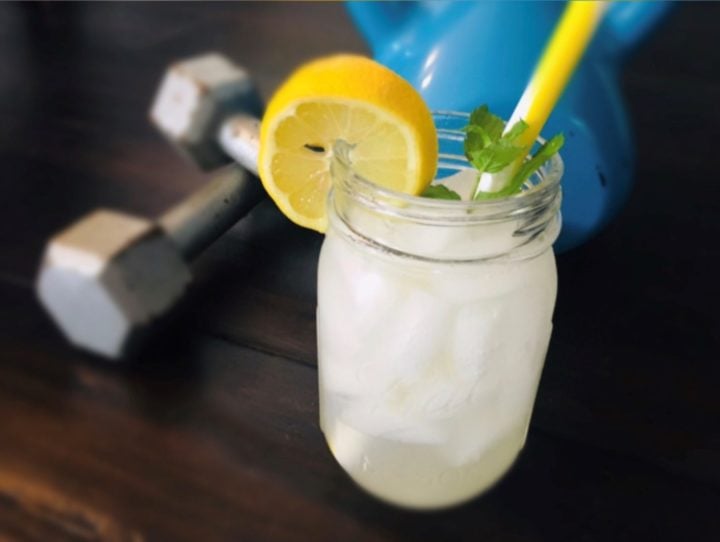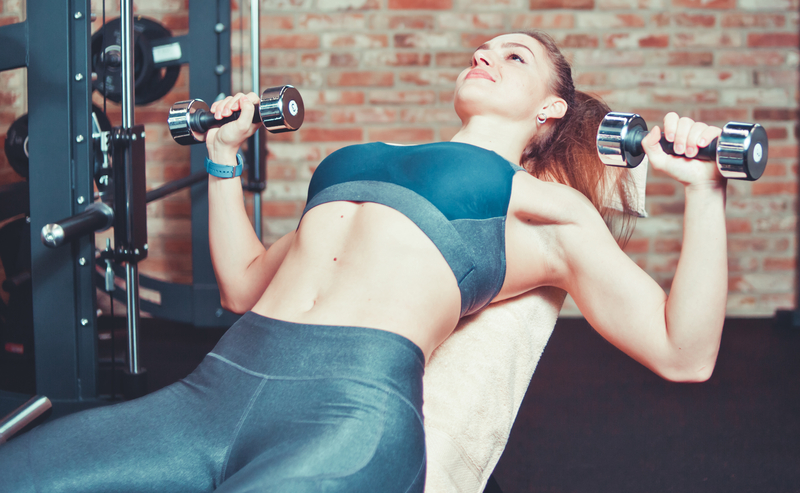What Does a “Healthy Fitness Lifestyle” Look Like?

You hear the term “healthy fitness lifestyle” thrown around quite a bit, but what does it really mean, and is it something you can do? The answer is yes, everyone can live a better, healthier life by taking an all-inclusive approach coupled with long-term thinking. Fitness encompasses more than just going to the gym or getting in a workout.
A true fitness lifestyle revolves around overall health, physical workouts (resistance training and cardiovascular exercise as well as balance and flexibility training), mental health, diet and nutrition, and rest and recovery. Putting all these together and staying consistent in your dedication to these activities are what encompass an overall healthy fitness lifestyle.
A Healthy Fitness Lifestyle Is Not Going to Look the Same for Everyone
Just as your workout will be different from the next person’s and your diet will vary, depending on many factors, what determines a healthy fitness lifestyle is also going to be unique for everyone. For example, here are some of the ways everyone’s fitness lifestyle will be different:
Starting point—your particular lifestyle will be based on your starting point and general level of fitness. If you’ve been sedentary for a long period of time, then you don’t want to jump into working out seven days a week. Start where you are and work your way up comfortably as you get used to the new routine. Don’t overdo things, keeping in mind that this is a long-term project with real change, not a quick fix where you go back to your old habits afterward.
Your goals—if you’re getting ready for a vacation or a competition, your goals will obviously be different from someone who is trying to maintain muscle mass and keep body fat at bay. Different goals will dictate differences in fitness lifestyle approaches (how many days a week you’ll train, how strict your diet and nutrition will be, etc.)
Your level of commitment—while you don’t have to be all-or-nothing, you do have to be at least somewhat committed to making healthy choices most of the time. That doesn’t mean being perfect! In fact, you don’t even want to be “perfect” because this is life.
What you do want is to design a program that is sustainable for you. You will have more relaxed meals, you will indulge now and then at social events, you will go on vacations and enjoy time away from the gym, and you will partake in fun foods and festivities. You’ll be able to do all this because the other 85 to 95% of the time, your diet and training are on point.
Realistically assess your life—are you a spouse or parent? Do you work 10 or more hours a day? Will you be able to fit workouts into your schedule and when? How much time can you dedicate to meal planning and food prep? Take a look at your life and decide how much time you will dedicate to exercise, food prep, eating, and mental health. Be honest and know you can make adjustments as you go along.
What a Healthy Fitness Lifestyle Is Not
Contrary to what some might think, a fitness lifestyle does not mean that you never take days off from the gym or go on vacations. It does not mean you never get to attend social events and indulge in drinks, desserts, and other goodies. What it does mean is that these occasions will not be the norm, but rather the exception to the rule.
A healthy fitness lifestyle is also not an “all or nothing” endeavor. Don’t get stuck in black-and-white thinking where you have to be “perfect” at all times, or you’re off the wagon. This type of thinking can lead to dangerous yo-yo dieting and emotional ups and downs that are unhealthy.
Instead, remember that this is a lifestyle, meaning there is no “end,” and it is simply the way you live most of the time.
The Aspects of a Healthy Fitness Lifestyle
So, what are all the moving parts to a healthy fitness lifestyle? It’s a lot less complicated than you might think.
Diet, Nutrition, and Hydration—of course, you’ll want to ensure you’re fueling your body with whole natural foods, including plenty of protein, five to six times a day. Go online or use a fitness app to determine how many calories your body needs to maintain your current weight, and then plan from there: a deficit to lose body fat and a slight caloric surplus to put on muscle mass. Alternatively, you can also use your hand to figure out the right serving sizes for your body. Don’t forget to drink plenty of fresh water each day to boost energy, cleanse your system, and keep you hydrated and supple.

Workouts—you’ll want to be sure to include both resistance training and cardiovascular exercise several times a week, depending on your goals and restrictions. Lift weights to build and maintain muscle mass, and incorporate cardio for heart health and body fat control. Also include plenty of stretching, mobility, and balance exercises as keeping your body moving easily is all part of being healthy and fit.

Mental and Emotional Health—it’s also important to monitor and reduce stress levels. Look into practices like yoga and meditation and even cognitive therapy to help keep stress low and your emotional well-being strong.
Rest and Recovery—doing all this work won’t do you any good if your body never has the chance to rejuvenate. Ensure you’re getting good quality sleep and supplements. Take one or two full rest days a week to allow your body and mind to relax and recover properly.

Remember, to make changes that are going to stick, you have to make changes to your daily habits and keep those changes for the long term. A healthy fitness lifestyle is not a diet; it is a plan you live by all of the time. You must develop and adopt new healthy habits and practice them for life. This is chess, not checkers; a marathon, not a sprint. Know that the pursuit of fitness is a journey that will never be “completed” per se, but that will be lived.






